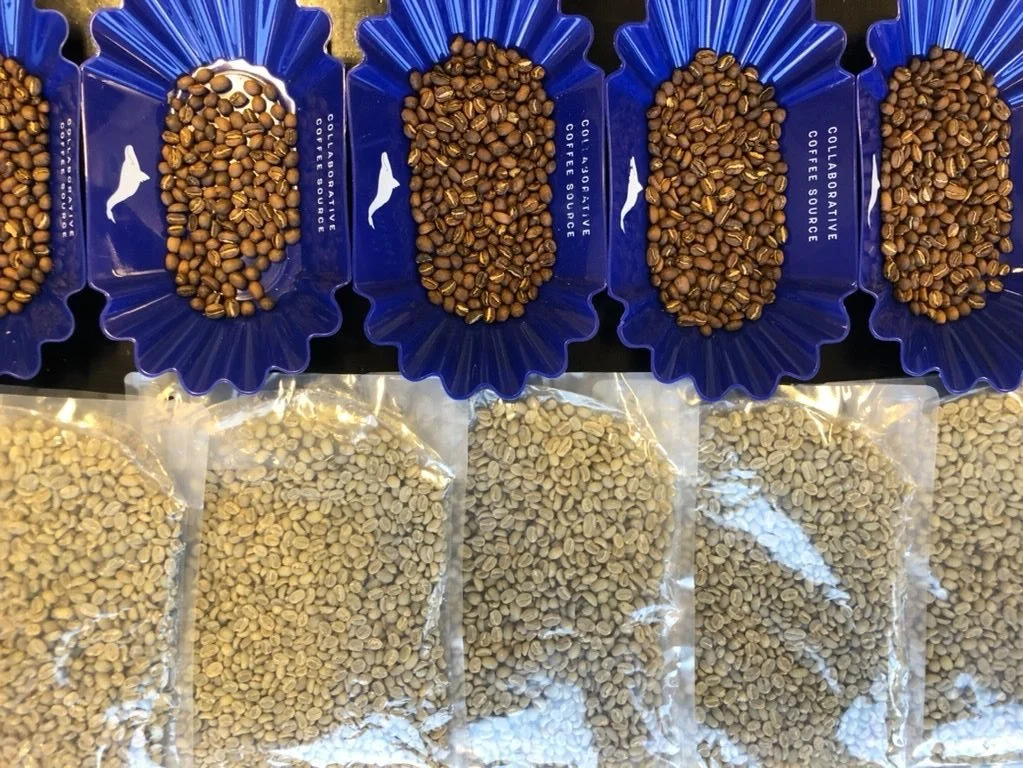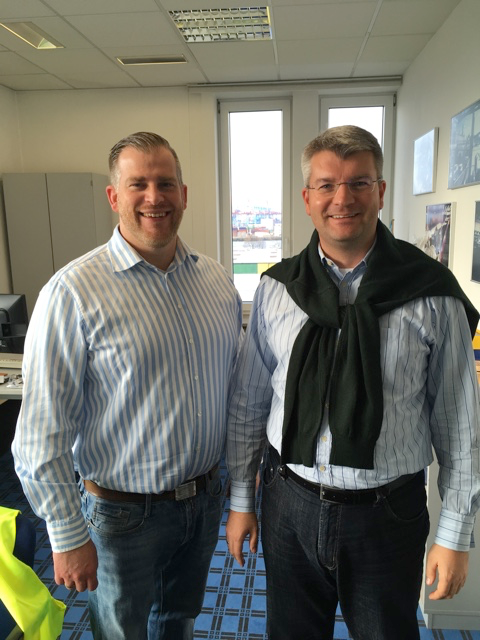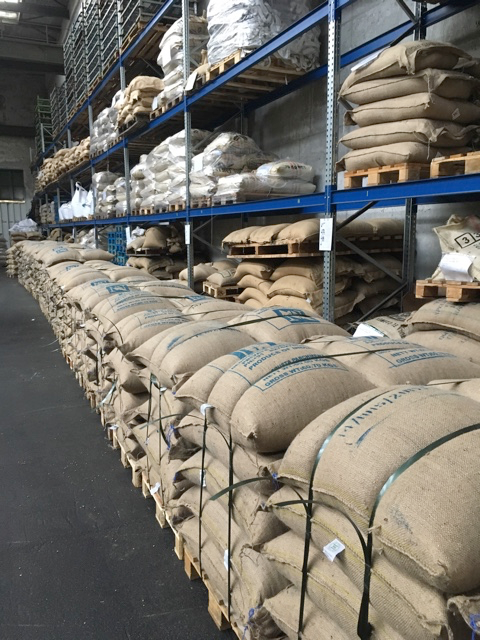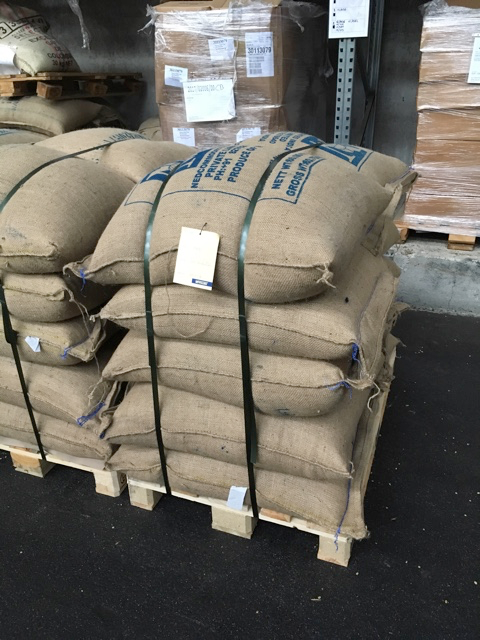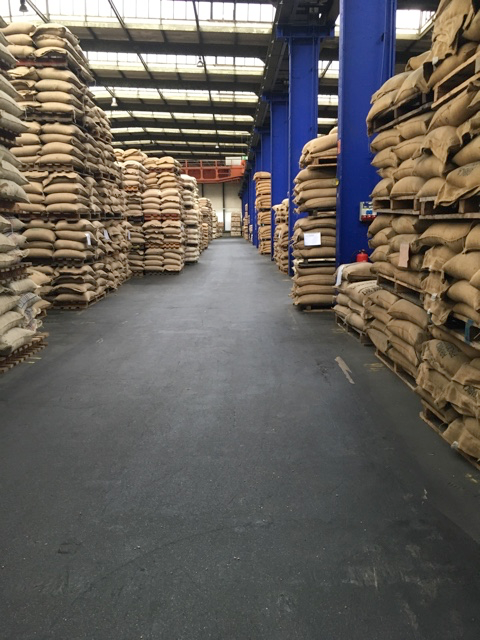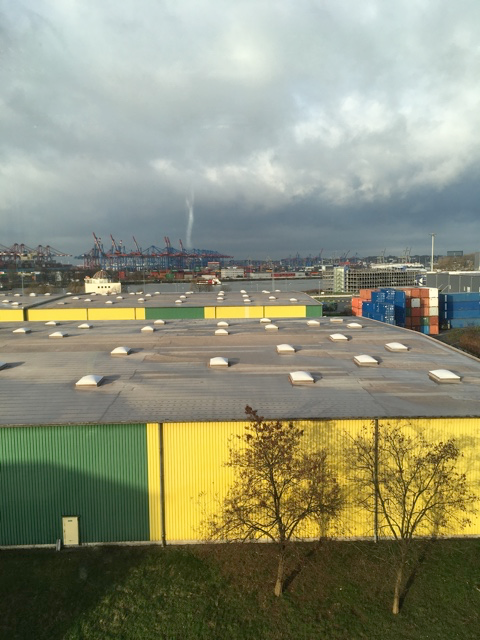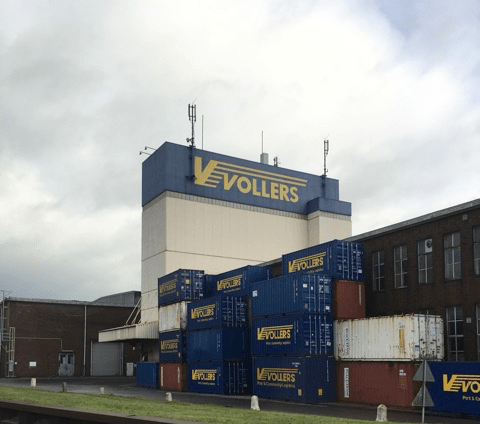The International Maritime Organization (IMO) has set new regulations for the shipping industry that take effect January 1, 2020. The new regulation will reduce the limit of sulphur emissions from 3,5% down to 0,5%.
This is a drastic reduction which is estimated to save hundreds of thousands of lives each year. The pollution from container ships, cruise ships, and other large vessels is greatly attributed to the bunker fuel they use. Bunker fuel is essentially the leftovers after the more valuable fuels like gasoline and diesel are refined out of raw oil. The fuel is often solid and needs to be warmed before being burned, resulting in a raw exhaust that pollutes not only the air, but also the port areas where these ships dock.
The new regulations will have a positive effect on the environment, but they also present challenges to the shipping industry. To meet the new emission standards, the ships will need to use different versions of low sulphur fuels, the kind many people use to fuel their cars and SUVs. The demand from the shipping industry will compete directly with current demand for clean burning diesel for personal and commercial vehicles.
Another challenge is the refining capacity. Demand for these cleaner fuels is likely to skyrocket in 2020, but the refining industry is unlikely to have the infrastructure to deal with that demand in place so soon. Key ports in the US and Europe may have access to the cleaner fuels, but secondary ports around the globe, like those used by Specialty Coffee Industry, may not.
How will this affect Specialty Coffee?
The short answer is cost.
The cost of clean, low sulphur fuel is almost double that of the Bunker fuel that is currently used. That price differentiation could increase even more during the first part of 2020 as demand for cleaner fuel suddenly spikes. Shipping costs will rise as that price increase is passed along to customers.
Speed reduction
The IMO is also proposing a speed reduction of ships by 10-20% in order reduce emissions. That means coffee will spend more time on the sea, and more time at port waiting for those ships to arrive to collect it. This could potentially impact the quality of the coffee, and the window of time we have to roast and sell it.
Geographically dependent products
If the cost of shipping increases as significantly as expected, the manufacturing industry will likely move production that has been outsourced, to China and other countries, back to the markets where the manufactured products are consumed.
This is not an option for coffee. The ideal climatic conditions for growing coffee are found in countries around the equator, while its consumers are overwhelmingly in the Northern Hemisphere, with emphasis on the north! Our industry doesn’t have the option of moving production to another part of the world, so we are entirely reliant on shipping to bring our product to market.
The coffee industry will be dependent on shipping no matter the price, but the pain may be temporary. The initial price increases could come down over time as supply comes closer to meeting demand. However this could take several years.
Planning for the IMO
So what can we do in the meantime? Plan ahead! We can offer some alternatives that can help hedge costs against the rise of shipping costs.
1. Forward planning
Planning your future buying with our sales team for 2019 and 2020 can help. By buying ahead we can lock in pricing with our suppliers to offset future increases.
2. Refrigerated transport
Reefer containers are available from several of our origins, we just need some time to book them (see the paragraph above). Your sales person can help organise this.
3. Freezing coffee
CCS also offers frozen storage in the US and the EU. Buying ahead and freezing coffee, either at one of our warehouses or locally at your own local facility, can mean that you are roasting a cheaper supply while the rest of the market is paying for more expensive shipping. That will keep you competitive.
Keeping you informed
We are always working to keep our clients informed of changes in the market. Please contact our sales team to discuss your future planning, and subscribe to our newsletter for more updates.

